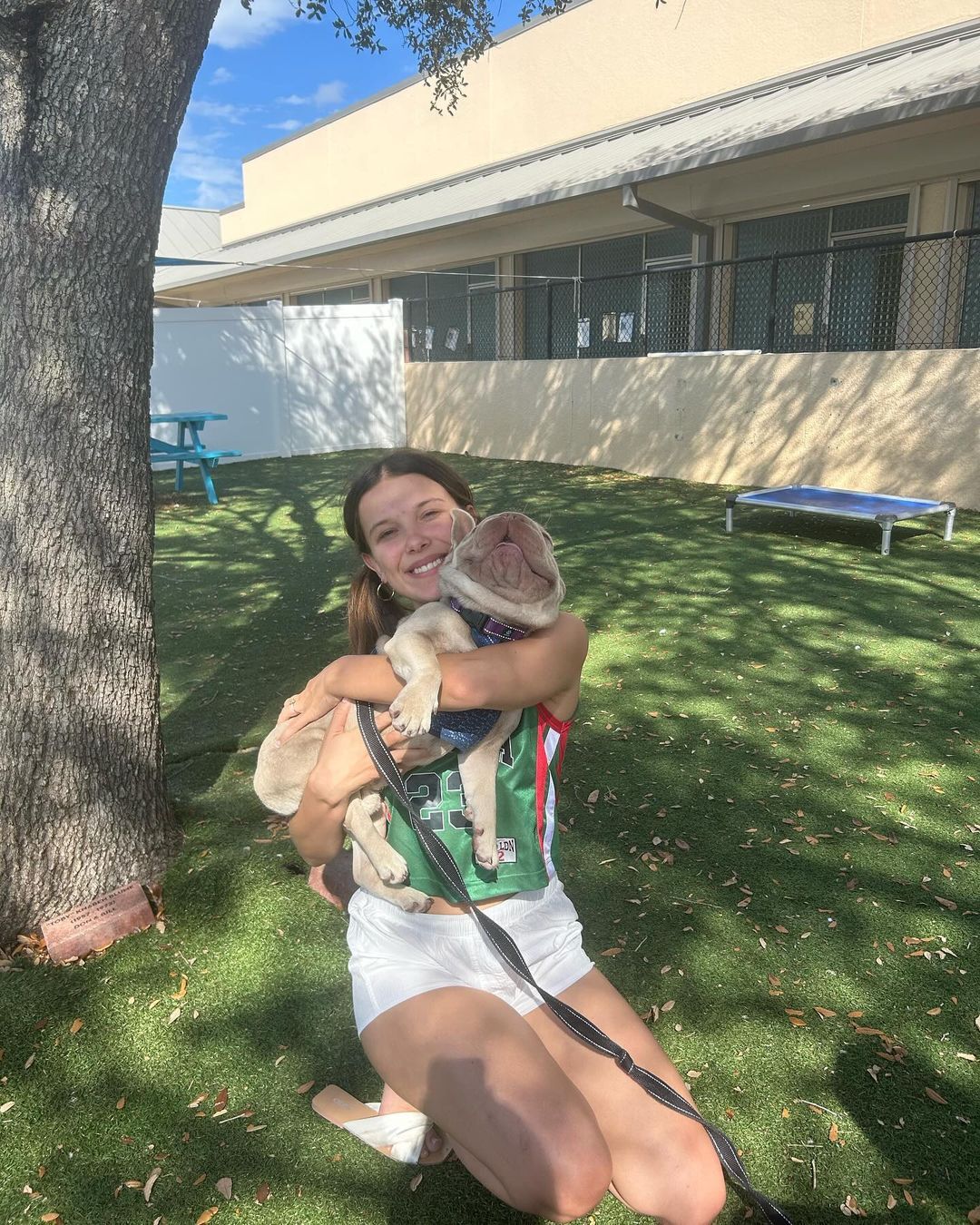Dog / Detail
First Time Dating a Doggo: Should We Kneel?
Jonathan Bennet | 08 August 2024 | 16:20
The initial encounter with a canine companion can be a heart-pounding affair, fraught with equal measures of anticipation and trepidation.
For humans, the urge to extend a welcoming hand is instinctive; however, in the complex lexicon of canine communication, such overtures can be misinterpreted. To forge a harmonious bond, a more nuanced approach is required.

Dogs, unlike humans, rely primarily on olfactory cues to decipher their world. Their noses, veritable supercomputers of scent, process information at a speed and complexity that far surpasses our own senses.
When a dog meets a stranger, their initial focus is on gathering data through scent, rather than visual or auditory stimuli. This olfactory exploration allows them to assess the individual's identity, emotional state, and potential threat level.
To facilitate this vital process, lowering oneself to the dog's level is often advantageous.
By assuming a submissive posture, we communicate respect and avoid appearing domineering. This physical parity creates a less intimidating environment, encouraging the dog to approach on their terms.

Instead, allow the dog to initiate contact. When they feel comfortable, they may offer a tentative sniff of your hand. This is an invitation to proceed, but caution is still advised.
Offer a closed fist for the dog to smell, allowing them to acclimate to your scent at their own pace. Once they exhibit signs of relaxation, such as a wagging tail or a lowered body posture, it is appropriate to offer gentle pets.

It is essential to observe the dog's body language closely. Signs of discomfort, such as stiffening, yawning, or licking their lips, should be interpreted as cues to slow down or retreat.
By understanding the canine perspective and respecting their communication style, we can significantly enhance our chances of forging a positive and lasting connection.
Patience, empathy, and a willingness to adapt to the dog's cues are the cornerstones of successful canine interactions.
Here some tips when meet up with doggo that's not ours at the first time:

Respect the dog's space: Avoid overwhelming the dog with excessive attention or petting.
Observe the dog's body language: Pay attention to signs of discomfort or stress, such as tail tucking, yawning, or lip licking.
Ask for permission: Before interacting with the dog, politely ask the owner if it's okay.
Be mindful of hygiene: Wash your hands after petting the dog, especially if you're going to eat or drink.
Related
-

The Healing Power of Dogs: How Canine Therapy is Revolutionizing Mental Health and Boosting Positive Energy in Humans
Dog14 November 2024
-

A Pawsitive History: Dogs of Nuremberg
Dog09 November 2024
-

The Role of Oxytocin in the Human-Dog Bond: The Science Behind Our Deep Connection
Dog06 November 2024
-

Beyond the Beach: Jamaica's Dog Lovers
Dog29 October 2024
-

A Dog's Delights: Homemade Snacks for Our Furry Babies, Recipes Included!
Dog29 October 2024
-

A Dog's Disorientation: Understanding Your Dogs' Wanderlust
Dog29 October 2024
Popular
-

-

A Pawsitive History: Dogs of Nuremberg
09 November 2024 -

-

Beyond the Beach: Jamaica's Dog Lovers
29 October 2024 -
